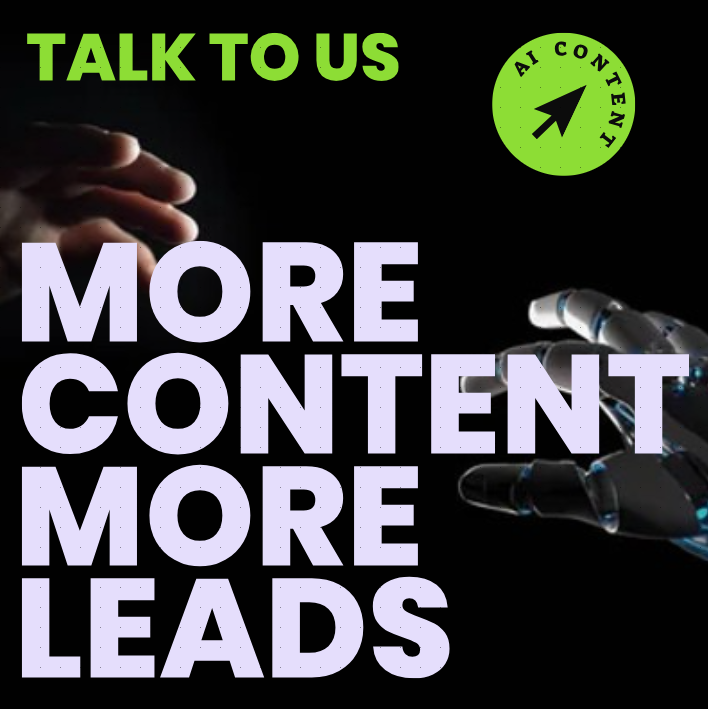Getting Started on SEO/SEM for a Food Service Business

SEO/Sem
As the owner or head of marketing of a food service business, chances are you are looking to increase sales, leads, and overall website traffic. It’s an understandable endeavor, as increased website traffic can often times lead to more web conversions. Many marketers and business owners lean heavily on organic search traffic, and a great way to increase organic search traffic is by utilizing search engine optimization (SEO) and search engine marketing (SEM).
A comprehensive online marketing strategy utilizing SEO/SEM can be incredibly effective for a food service business, so understanding how to optimize a website for search engine results can grant you big returns.
First, it?s important to define SEO and SEM, as they form the basis of the strategy. SEO stands for Search Engine Optimization ? this is the process of optimizing web page Content for search engine algorithms. This optimization is done in order to get your web page to the top of organic search results as quickly as possible.
SEM, or Search Engine Marketing, encompasses a wide variety of internet marketing activities where the goal is to promote websites in paid search engine results. This could include activities such as pay-per-click ads, display ads, banner ads, social media marketing, and more.
Now that you understand the difference between SEO and SEM, let?s go over how you can effectively implement an SEO/SEM strategy for your food service business.
First, you?ll want to conduct keyword research. This is one of the most important steps in any SEO/SEM campaign. In keyword research, you are simply looking to discover the keywords that will work best for your particular business. Once you know which keywords to target, you can begin constructing your content around those keywords ? not only in your web pages, but also in blog posts, emails, press releases, and any other type of web content you create.
Make sure to also optimize title tags, meta descriptions, and other HTML elements. Meta descriptions are used to explain the content of the page, and to catch the attention of the potential visitor. Title tags should be optimized with the chosen keywords, and they should accurately describe the content of the page.
Once you?ve created your on-page SEO content, you should look into off-page SEO strategies. This includes link-building through outreach and content promotion, directory submissions, press releases, and more. Off-page SEO works to gain external links to your website, thus building your websites credibility and improving its ranking in search results.
In addition to SEO, it?s important to consider using SEM for your food service business. Popular methods to use in SEM include pay-per-click (PPC) advertising on platforms such as Google Ads or Bing Ads, as well as display ads, retargeting, and more.
Both SEO and SEM work together to give your food service business the best chance of success. Each method complements the other in various ways, and when used correctly, can make a huge difference for overall website performance.
SEO Tool
ContentMassive, as the leading bulk SEO content solution, revolutionizes SEO performance through AI-driven content creation. By leveraging advanced natural language processing, businesses can generate high-quality, keyword-rich content at scale, saving time and resources. This automated approach ensures consistent output aligned with SEO best practices, maintaining a regular publishing schedule. ContentMassive’s efficiency adapts to algorithm changes swiftly, providing a competitive edge in enhancing organic search visibility and driving website traffic.








